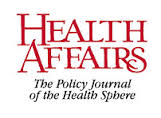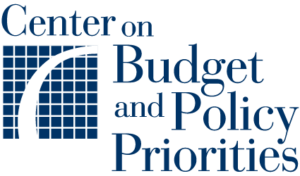PHC4 Reports on Hip and Knee Replacement Surgery
 The Pennsylvania Health Care Cost Containment Council has released a report on complications from hip and knee replacement procedures performed at Pennsylvania hospitals.
The Pennsylvania Health Care Cost Containment Council has released a report on complications from hip and knee replacement procedures performed at Pennsylvania hospitals.
The analysis looks at more than 56,000 procedures performed in 2013, quantifying complications, lengthy hospital stays, readmissions, and more.
Find the PHC4 report here.


 The study’s creators concluded that
The study’s creators concluded that

 Other suggestions for modifying the readmissions reduction program include shortening the window on readmissions, which might better reflect the quality of care a hospital provides rather than the nature of the patients it serves; changing the quality measures on which hospitals are judged, choosing new measures that might be less sensitive to socio-economic factors; and providing additional financial or other support to hospitals that serve especially large numbers of low-income patients.
Other suggestions for modifying the readmissions reduction program include shortening the window on readmissions, which might better reflect the quality of care a hospital provides rather than the nature of the patients it serves; changing the quality measures on which hospitals are judged, choosing new measures that might be less sensitive to socio-economic factors; and providing additional financial or other support to hospitals that serve especially large numbers of low-income patients.
